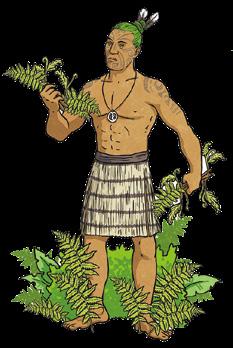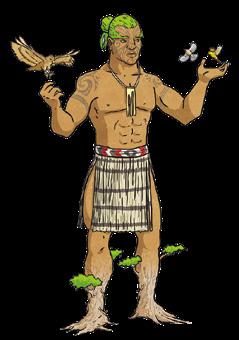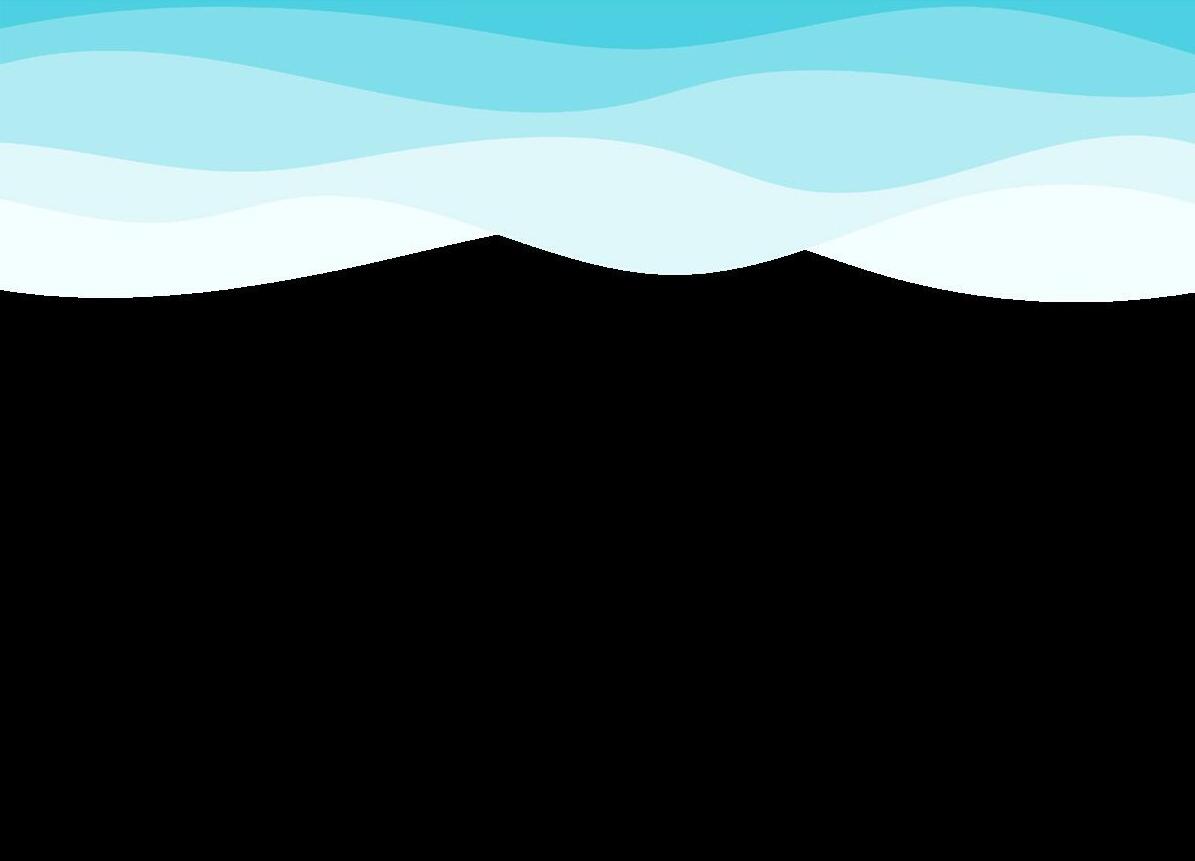
2 minute read
MEASURING THE CHANGING Hauora of Wai
Cultural health monitoring measures the hauora (health) of Wai. This allows whānau to exercise kaitiakitanga (guardianship) over wai and participate in the restoration of the natural environment according to tikanga and Mātauranga (traditional Māori knowledge).
Indicators of health are determined by whānau and provide evidence of cultural health from a Te Ao Māori worldview and values. The benefit of Cultural health monitoring gives whānau the ability to access and reconnect with their customary areas, revive Mātauranga Māori (traditional Māori knowledge), retain and promote traditional
Advertisement
Wai can be monitored and measured by connecting with Māori creation traditions and Māori deities (gods).



HINEMOANA Diety of the ocean
• Check for water clarity
• Check for water flow
• Check for water quality
• Shape and form of Spring, bank condition and sediment
How many insects and fish are in the Spring and what types are there?
2
Diety of forests and birds
Check if there is healthy vegetation near and around the Springs
Check birds near and around the Spring, and what types are there?
Check the health of the ngahere (bush)
Check for pests
3 HAUMIA TIKETIKE
Diety of uncultivated food knowledge and practices to inform future management of Wai areas.
• Are there mahinga kai (food-gathering place) areas around the Spring?
• Is there rongoā (medicines) around the Spring?
Monitoring the health of wai allows whānau to exercise kaitiakitanga (guardianship) over wai and participate in the restoration of the natural environment according to tikanga (protocols) and Mātauranga (traditional Māori knowledge).
4 T Matauenga
Diety of war and human activities
• How many visit the Spring and what are they doing?
• What impact do visitors have on the Springs and its environment
• Are cultural sites acknowledged and respected by visitors?
5 T Whirim Tea
Diety of storms and violent weather
• What smells are coming from the Spring and Spring areas
6 RŪAUMOKO Diety of volcanoes, earthquakes and seasons
• What rocks, minerals and geology around the Spring?
• Is there taonga there??
• Is there any erosion?
• Are there any slips?
7 MAURI/WAIRUA
Huriawa – taniwha of Te Waikoropupū Springs
From a spiritual perspective, how does the Springs feel and what is its wairua (wellbeing).
3.4 Protecting our Springs SECTION 3.0
3.1 The role of Manawhenua
3.2 Farming, Tourism and Ownership
3.3 Water Conservation Order

SECTION 3.1
THE ROLE OF Manawhenua
The Te Waikoropupū Management plan was developed and gives kaitiakitanga (guardianship) of the springs to Manawhenua ki Mohua, the umbrella organisation made up of the three iwi who claim authority over the Springs. Manawhenua ki Mohua are made up of whānau from Ngāti Tama, Ngāti Rārua and Te Ātiawa.



Ngāti Tama are considered ahi kā roa (having occupied the region) for almost 200 years. Tūpuna have been kaitiaki (guardians) of these precious waters for generations. Central to this role is the belief that spiritual and physical survival of all living things is dependent on the maintenance of the hauora (health) and wairua (spiritual wellbeing) of Te Waikoropupū.
To keep the environment pristine and beautiful we must be environmentally conscious, we must be kaitiaki (guardians) to ensure that our local ecosystems operate harmoniously. The balance between life that exists in Te Waikoropupū eco systems is delicate. Any interruption or disturbance to this environment can have a dramatic effect on the water quality.
Ngāti Tama whānau (families) have played a huge part in protecting the wai (waters) at Te Waikoropupū. Over the years locals and tourists alike would free dive, swim, snorkel, wanted to build fibre glass hull boats and even cafes around the area. This idea of turning the area into a commodity went against the core beliefs of Māori. Local iwi were becoming increasingly frustrated as the waters were scared, wāhi tapu (sacred place), playground of the kaitiaki taniwha (protective guardian) Huriawa. The proposed plans were halted by local Māori, The Department of Conservation and locals from Tākaka. Te Waikoropupū Springs were formally recognised as wāhi tapu under Part 2, Section 22 of the Historic Places Act 1993, and in the Tasman Resource Management Plan (TRMP).








